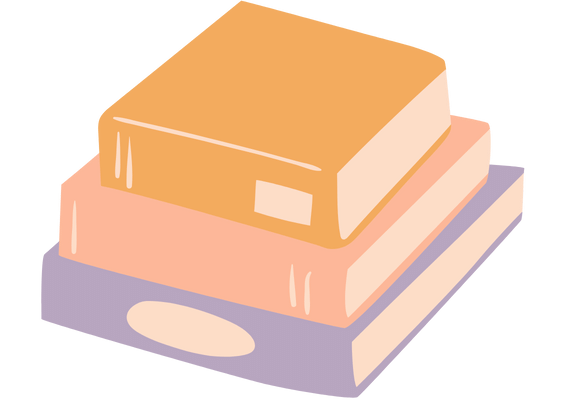Dreamcatcher Today And In The Past
There are many styles and sizes of dreamcatchers available today. A typical dreamcatcher is a small wooden box with a net of natural fibres covering it. Beads or feathers are attached to the bottom. Traditional dream catchers that are authentic and handmade only use natural materials. They measure just a few inches in diameter. The hoops are often made of bent Red Willow branches covered with stretched sinews. The frame can be finished with leather by wrapping it in leather.
The Dreamcatcher’s History
Dreamcatchers are often associated with Native American culture. However, they are thought to have been created by the Ojibwa Chippewa tribal. There is a legend that the Lakota tribe had the dreamcatcher’s origins. However, most researchers believe they were passed on to them by the Ojibwe through intermarried trade and marriage. The Pan-Indian Movement, which took place in the 1960s/70s, was the only time they were adopted by Native Americans. The dreamcatcher is seen as both a symbol and an emblem of Native American or First Nations culture identification. Other Native Americans view dreamcatchers negatively as they are often misused and misappropriated by others. Ojibwe’s dreamcatcher, asabikeshiinh, actually refers to the web that is used to cover the hoop. These patterns are very similar to those used by Native Americans for making snowshoes. Authentic Symbol? Cultural Appropriation. Dreamcatchers are prolific but it can be difficult to find genuine dreamcatchers. Most handmade dreamcatchers are small and have sacred charms such as feathers or beads. However, there are many dreamcatchers that are made today that are American-made and more American-friendly than Native American. These dreamcatchers can be large and made of inexpensive plastic materials. Native Americans still see the dreamcatcher as a symbol of unity, identification and cooperation among First Nations cultures and Indian Nations. Other Native Americans, however, see the dreamcatcher as a symbol to cultural appropriation.
The Dreamcatcher’s Purpose and Meaning
What are they used for? Native Americans believe that all dreams, good or bad, are found in the night air. The dream catcher is hung above your bed so that the morning sun can reach it. It attracts all kinds of thoughts and dreams into its webs. The feathers slide down to soothe the sleeping person below, while good dreams are able to pass through. Bad dreams get caught in the net and burnt in the sunlight. The Dreamcatcher’s Story. Legends about the origin and history behind the dreamcatcher have been passed down through several Native American tribes, mainly the Ojibwe-Lakota nations. Many cultures consider spiders creepy crawlers. However, Ojibwe people saw them as a symbol of comfort and protection. Ojibwe’s dreamcatcher is called asabikeshiinh. It refers to the web used to cover the hoop.
According to Ojibwa legends, a maternal and mystical “Spider Woman”, who served as spiritual protector for the tribe’s young children, was also mentioned. The Ojibwe community grew and expanded, and the Spider Woman was unable to protect the Ojibwe members as they moved farther away. The dreamcatcher was her first creation. It would have a positive impact on her job, she believed. As a result, grandmothers and mothers followed her lead and recreated the maternal keepsake to protect their families and children from faraway.
The Native American dreamcatcher’s parts have meanings that are connected to the natural world. Because the dreamcatcher’s shape is a circular, it represents the circle and movement of forces across the sky. The dreamcatcher web captures bad dreams and discards them when they are over. The feathers are a pillow-like ladder that allows the good dreams to descend on the sleeper unassisted. It is not clear what the beads are meant to represent on the dreamcatcher’s decoration. Some American Indians say the beads are symbolic of the web weaver–the spider.
Some believe that beads symbolise good dreams which are impossible to pass through the web. These sacred charms have become immortalized.
